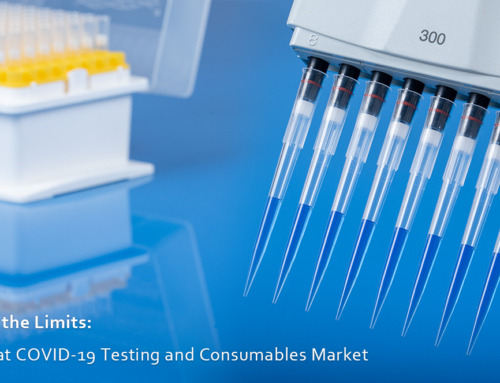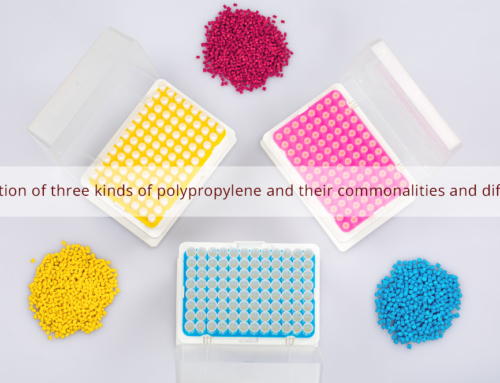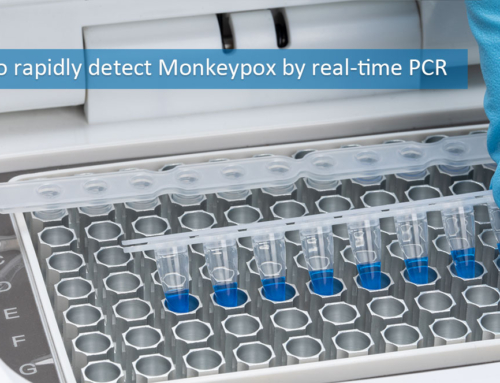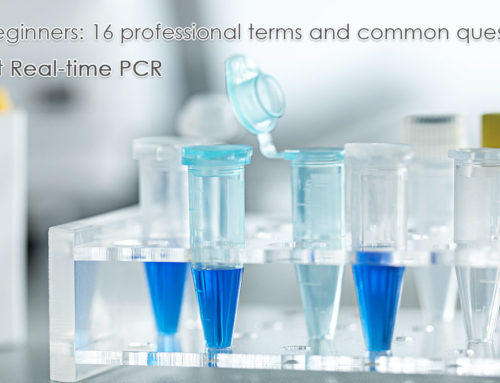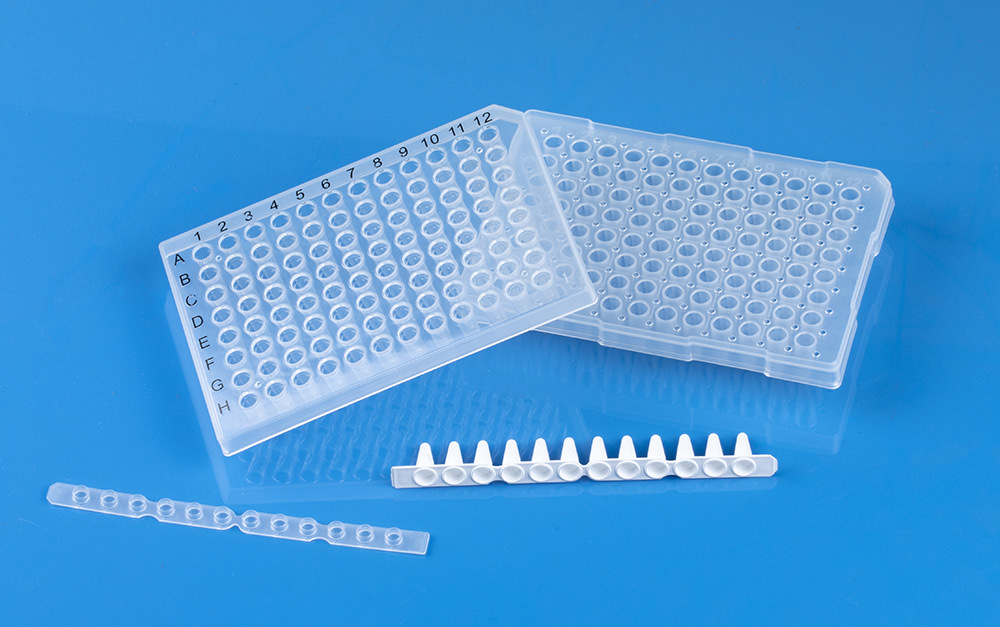
PCR technology is a nucleic acid amplification technology that simulates the DNA replication process in vitro. It is mainly repeats three cycles: high temperature denaturation, low temperature annealing and extension, and then amplifies the target DNA by several million times. Therefore, the advantage of PCR technology is extremely high sensitivity. But every coin has two sides. The biggest drawback of PCR technology is that it is very easy to be contaminated, and extremely small amount of contamination can lead to false-positive.
Once the laboratory nucleic acid contamination occurs, the normal experiments must be stopped. And then a lot of material and manpower resources are required until the source of contamination is found, or the cleanliness of laboratory is up to standard. Besides, the experimental report must be invalidated. The result would be reliable only after the re-experiment.
In order to avoid contamination effectively and obtain stable and reliable inspection results, we often need to take certain measures to prevent or eliminate contamination in the practical work.
The source of contamination:
- Reagent Contamination
Due to the reagent reservoirs, container, water and other solutions are contaminated by the nucleic acid during the preparation of the PCR reagent.
- Equipment Contamination
Semi-automatic nucleic acid extractors and fully automated nucleic acid extractors cause spills of samples or nucleic acid templates during the extraction process, which contaminates the machine. Or the garbage can in the equipment is not cleaned thoroughly, and the residual liquid or crystallization volatilizes to form an aerosol, and then the contamination occurs.
- Cross-contamination of Specimen
There are various reasons that may cause the Cross-contamination of Specimen: the container for collecting specimens is contaminated; the specimens overflow the container due to poor sealing when placed; the specimens stick outside the container; the contamination of aspirator and the aerosol in the air. Particularly, viruses can diffuse with aerosols or by forming aerosols, causing contamination with each other.
- PCR product contamination
This is the most common contamination problem in PCR. Common in detection that require opening after amplification, or improper handling of products after amplification. Because the copy size of PCR product is much more than the maximum of several copies of PCR detection. Therefore, an extreme small amount of PCR product contamination can form a false-positive.
- Cloning plasmids contamination
Positive reference are often used in laboratory operations, while most of these positive reference are made from certain cloning plasmid. The concentration of the cloning plasmids in unit volume is so high that it can be extremely easily contaminated by use carelessly.
Some laboratories clone plasmids as quality control products by themselves. However, after preparation, the disposal methods of garbage are not strict enough, which causes the contamination of the quality control products to the laboratory, and then causes the contamination to the specimens.
Measures to control contamination
- Experimental zoning
Separate the laboratory reasonably. Partitioning or compartmentalizing to operate the following steps: the specimen handing, the preparation of the PCR reaction solution, the PCR cycle amplification, the identification of the PCR product and so on. Besides, special attention should be paid to that the specimen handing and the identification of the PCR product must be separated from other steps.
It’s best to divide it into: specimen handling area, PCR reaction liquid preparation area, PCR cycle amplification area, and PCR product identification area. And their experimental supplies and aspirators should be used exclusively.
UV for laboratory use should be sterilized before the experiments to destroy residual DNA or RNA.
- Articles in each area must not be mixed
Each experimental area should clearly mark the different equipment and articles with striking colors to avoid mixing equipment and articles in different work areas. For example, work clothes, work shoes, trash cans, mops, rags, pens, etc. which are used specially in each area.
Use disposable pipette tips, centrifuge tubes, dust-free gloves, masks, etc.
- Setting up a standard air conditioning ventilation system
Use a full-delivery and full-row air conditioning system air conditioning system whenever possible. In the process of entering each operation area, strict single flow direction is required, that is, reagent preparation and storage area→sample preparation area→PCR amplification area→amplification product analysis area, which cannot be retrograde.
- Contamination monitoring
Take the following measures to conduct contamination monitoring: establishing positive control and negative control, repeating the tests, selecting primers in different regions for PCR amplification, etc., so that to take measures to prevent and eliminate contamination.
- Regular laboratory cleaning
Prepare a disinfectant containing 0.5% of effective chlorine to wipe the surface of the equipment, counter tops, floors, surface of articles, pass box, doors and windows, and soak the trash cans which inside the equipment.
Alcohol-to-air spraying is carried out according to the principle of top-down, inside-outside.
Wipe pipettes, eight-tube centrifuges, mixing shakers and other small equipment with Alcohol (75%).
Wipe the surface of the equipment, the counter top, and the floor with the purified water, and rinses the equipment waste cans also with the purified water.









